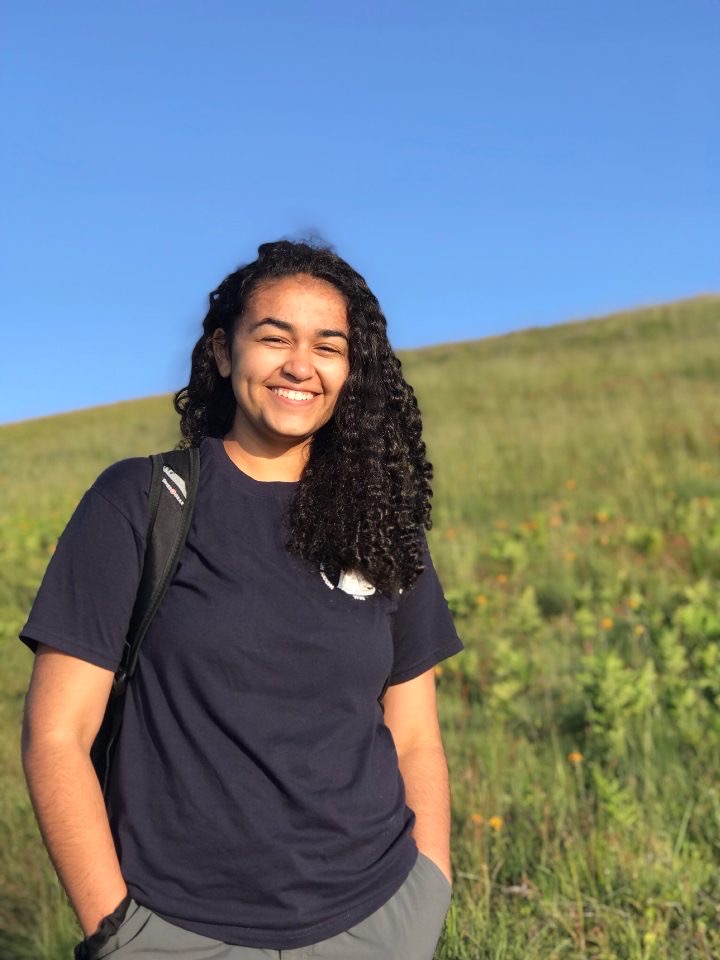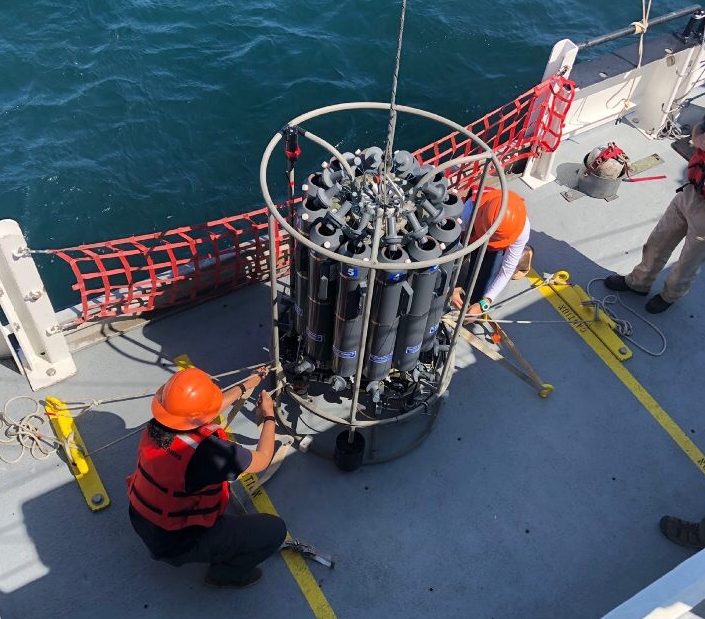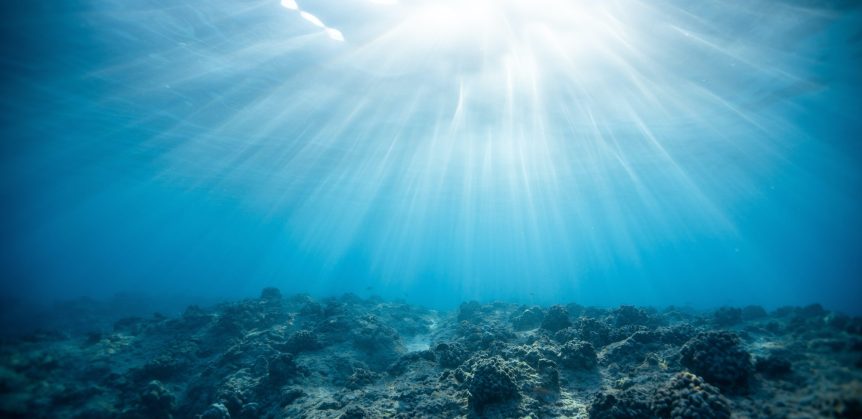Written by: Claire Andrade, CAICE 2022 Science Communication Fellow
If someone had told me a few years ago that I would end up working on a creative science communication project for the NSF Center for Aerosol Impacts on Chemistry of the Environment at Scripps after graduating college, I would politely respond… what??

I grew up in a small agricultural town about 45 minutes east of San Francisco, surrounded by corn fields, cherry orchards and dust devils. It’s an incredibly dry place that is prone to wildfires year-round, but is somewhere I’ve always called home.
All this aside, ever since I was a kid, I was always looking for an escape to anywhere with the slightest hint of moisture. That usually translated into a quick 2 hour drive to the coast.
The desire to be standing on a coastal cliffside in Northern California combined with the strong influence my National Geographic documentaries had over me, I just knew that I would end up doing something relating to the ocean.
Now studying the ocean sounded great in theory, but when it came to actually pursuing it I really had no idea how to get there or what an oceanographer even did.
But after 4 long years at Oregon State University, armed with the encouragement and never ending support from my family, I ended up becoming the first to attend and graduate from college. I grew to better understand the world around me in a way that 8 year old me would be absolutely baffled by, and found my passion for deep sea microbes and artistic science communication.
I dedicated a significant portion of my undergraduate career to getting experience onboard research vessels and inside the Arctic Benthic Ecology and Sediment Biogeochemistry Labs at OSU. However, similar to my initial interest in the ocean, I had no idea how to approach science communication.

I had a brief albeit valuable experience in high school, volunteering as a teacher’s aid with the Junior Center for Art and Science in Oakland, CA. I helped guide kids through weeklong summer school sessions filled with various art projects that would teach them about the ecosystems around them, and loved seeing them create and learn at the same time.
It was after remembering this experience that I realized that I wanted to help foster that creativity while introducing kids to the wonders of the ocean. The only question left was how.
Fast forward to now, where I’ve been given the amazing opportunity to explore that very question. As a Science Communication Fellow for the NSF CAICE at SIO, I’m working to build a virtual reality program that will immerse middle and high-school level students into the world of atmospheric aerosol chemistry.
Being able to play an active role in transporting the beauty of La Jolla and the innovation of the Scripps Ocean Atmosphere Research Simulator (SOARS) to a classroom, through either a mobile phone or VR headset, is something that I feel honored to be a part of. One of the many goals of the project is to create an outreach tool that anyone can access while incorporating the stories of those involved in the science.
I hope that hearing from just a few of the fantastic students and staff working at the SOARS facility encourages young people (and anyone, really) to pursue whatever they’re passionate about.
Studying the ocean is absolutely not out of reach, and anyone can get involved with one of the many efforts to understand Earth’s changing climate.

